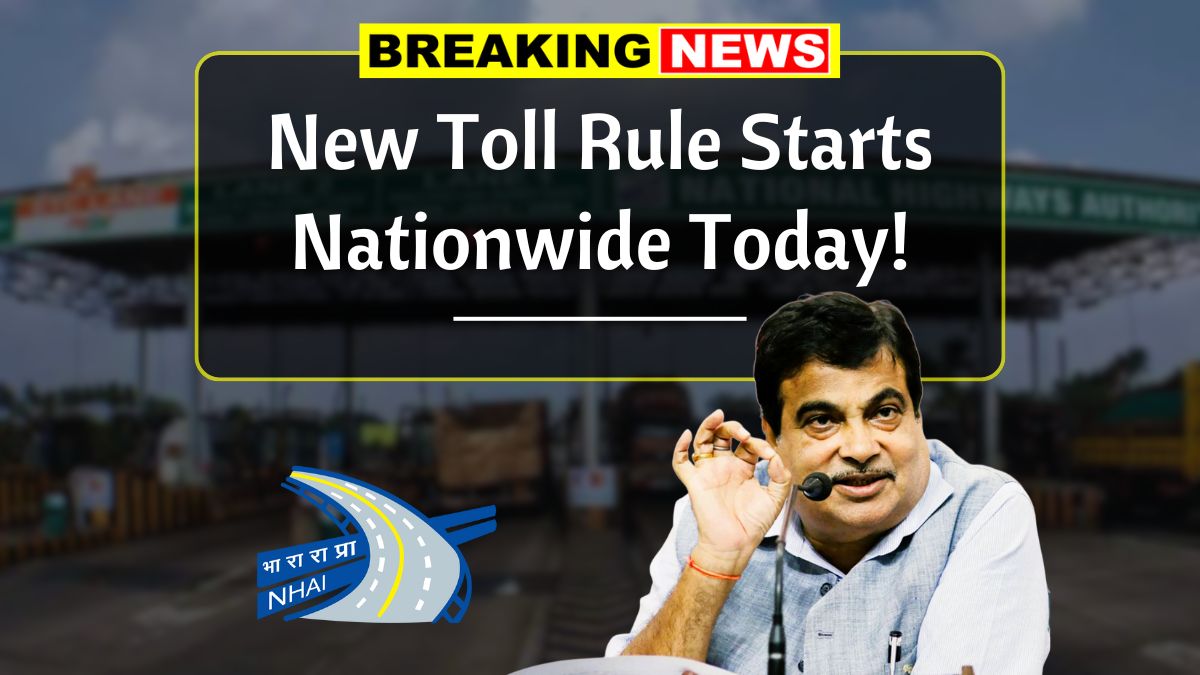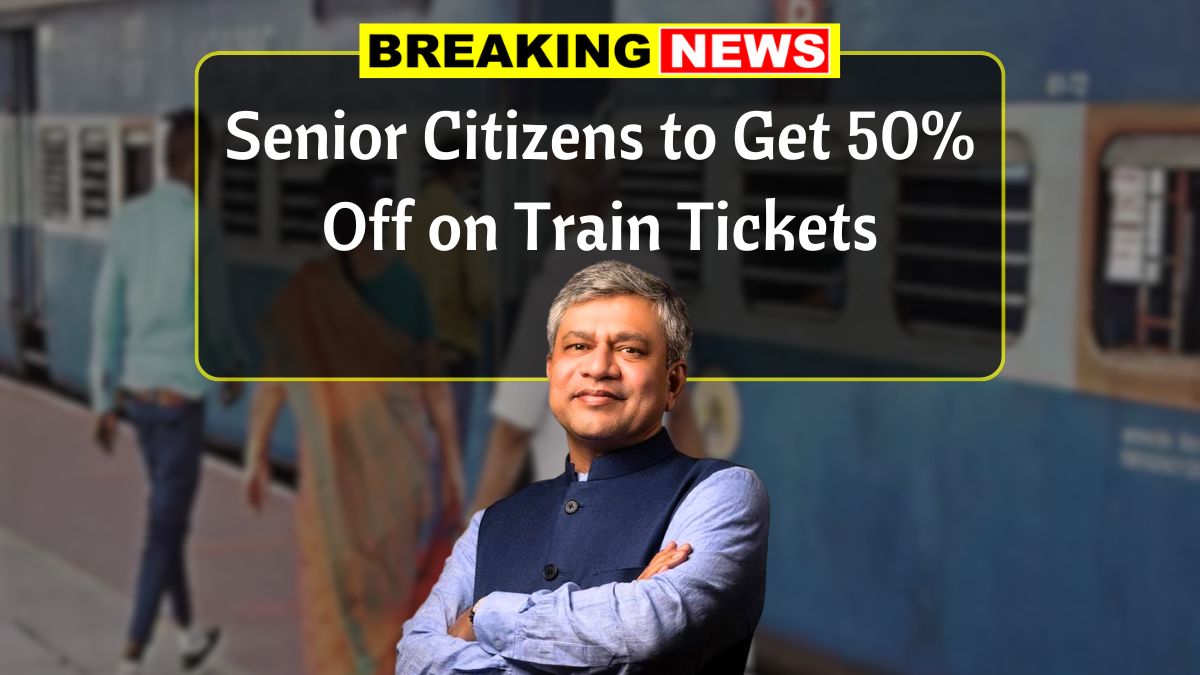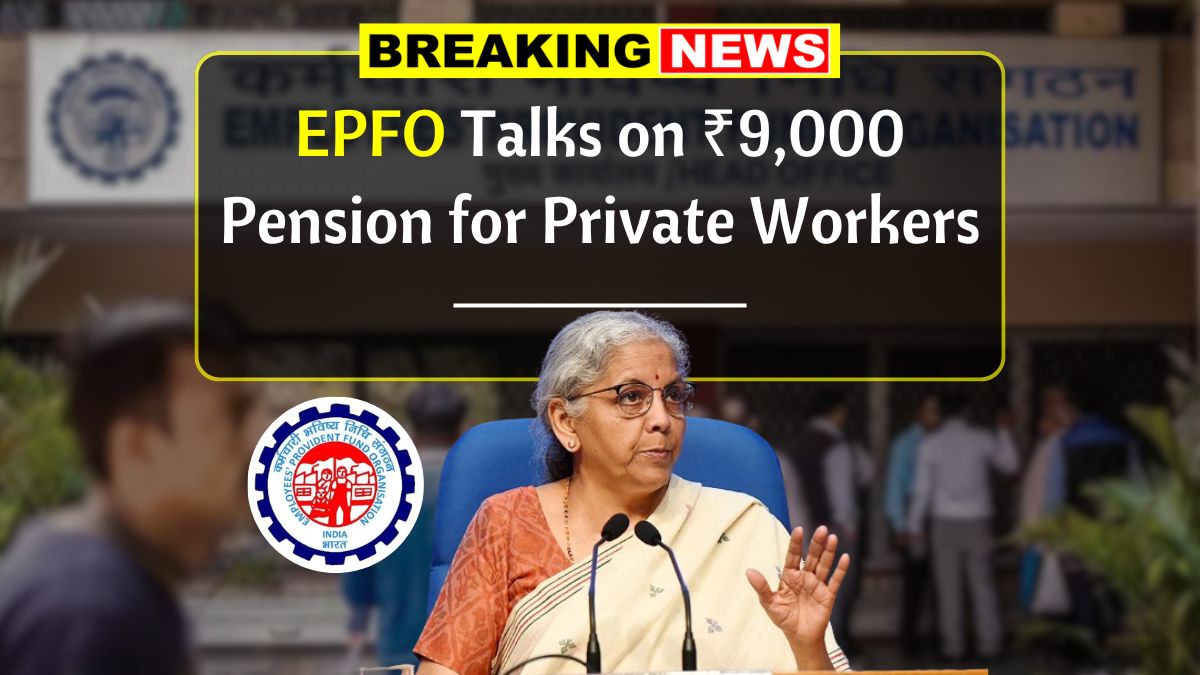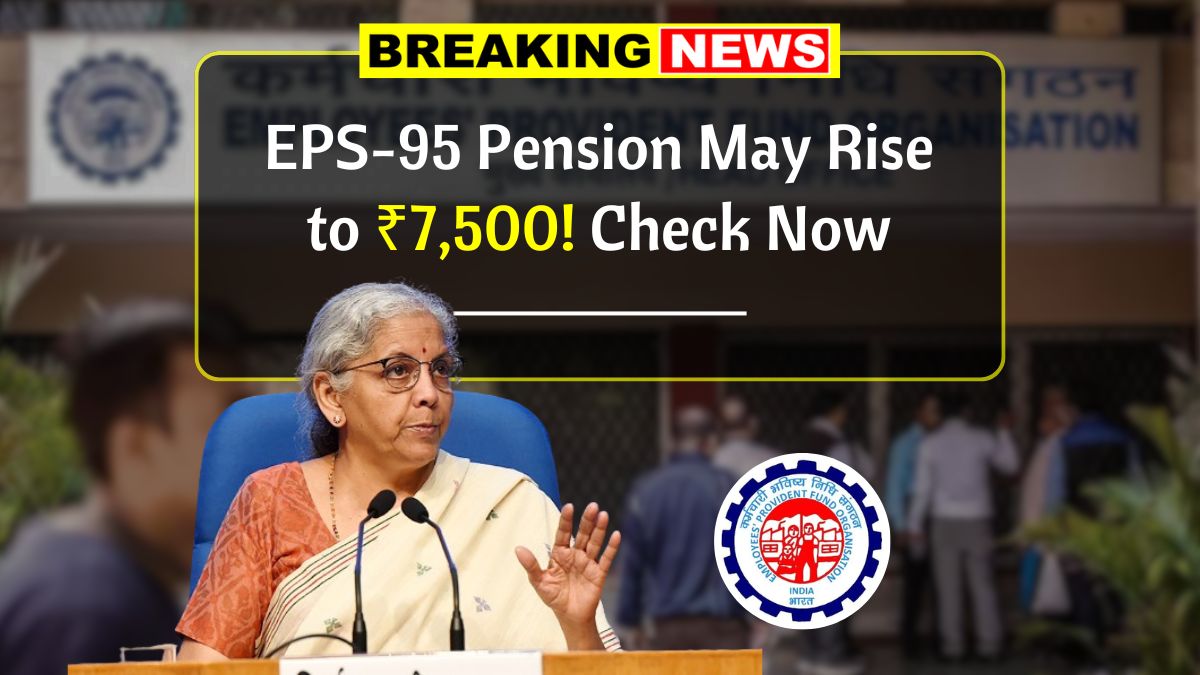New Toll Plaza Rule – If you’ve ever taken a long road trip across India or even commuted on a national highway, you’ve probably felt the frustration of hitting a toll plaza every few kilometers. Just when you pick up speed, bam! — another toll booth. Well, the National Highways Authority of India (NHAI) seems to have heard the concerns loud and clear. Their latest rule brings in a minimum distance requirement between toll plazas, and it’s already creating a buzz among frequent highway users.
Let’s break it down in simple terms.
What Is This New Toll Plaza Rule?
NHAI has officially rolled out a minimum distance mandate between toll plazas on national highways. This means that from now on, toll booths can’t be placed too close to each other. The exact distance varies depending on the category of the road and its usage, but the core idea is simple — no more back-to-back tolls.
This rule has been implemented nationwide and came into effect in late 2023.
Key Points:
- Toll booths must now follow a minimum distance guideline.
- Applies to all national highways.
- Aimed at reducing travel delays and improving road flow.
- The rule is already in action and being enforced region by region.
Why Does This Matter for You?
Whether you’re a daily commuter, a truck driver, or someone planning a road trip, this rule directly affects your travel time, fuel cost, and overall road experience.
Here’s how:
Less Waiting, More Driving
With toll booths spaced out properly, you’ll no longer have to stop every 10–15 km. This means fewer interruptions and smoother long drives.
Save on Fuel and Time
Constant braking and idling at tolls wastes fuel. With fewer stops, you’ll use less fuel, which also means lower emissions — good for your wallet and the environment!
Safer Roads
Fewer toll plazas = fewer bottlenecks. That leads to smoother merging and less risk of rear-end collisions near toll gates.
Is It Easy to Implement?
Well, not exactly. Implementing this new toll rule isn’t as simple as flipping a switch. It requires re-evaluating existing toll locations, potentially shutting some down, and restructuring the entire toll plaza network across the country.
Here’s a quick regional breakdown of the challenge:
| Region | Existing Plazas | New Plazas Planned |
|---|---|---|
| North India | 150 | 20 |
| South India | 130 | 15 |
| East India | 120 | 10 |
| West India | 140 | 18 |
| Central India | 100 | 12 |
| Northeast India | 90 | 8 |
| Total | 730 | 83 |
As you can see, some regions are more packed with tolls than others. So, realignment will take time and coordination.
How the Rule Helps the Transport Sector
Truckers and logistics companies have long complained about toll delays hurting delivery timelines and increasing operational costs. The new rule could be a game changer for them.
Here’s why:
- Smoother delivery schedules without sudden halts.
- Lower fuel expenses due to fewer stops.
- Increased reliability, making Indian logistics more efficient.
- Reduced vehicle wear and tear — fewer stops mean less braking and acceleration.
This shift is expected to help transport businesses cut down costs and increase profits — a welcome change, especially in today’s competitive market.
Technology Is Playing Its Role Too
NHAI isn’t just relying on new rules. They’re also investing in technology to streamline toll collection.
Here’s what’s being adopted across Indian highways:
| Technology | Adoption Rate |
|---|---|
| FASTag | 75% |
| GPS-based tolling | 25% |
| RFID systems | 50% |
| Automated Number Plate Recognition | 15% |
| Contactless Payment | 60% |
| AI-powered Traffic Systems | 10% |
FASTag has been a huge success already, and with more people getting used to it, toll collection is becoming faster and more transparent. The push for GPS-based tolling and AI-driven monitoring is also on the rise — which could eventually lead to toll booths becoming obsolete.
What’s Next?
This is just the beginning. NHAI is already planning further steps:
- Periodic reviews to assess rule effectiveness.
- Possible expansion to state highways.
- Stakeholder feedback from drivers and logistics companies.
- Introduction of smart toll systems across key corridors.
The new toll rule by NHAI isn’t just a small policy tweak — it’s a big shift in how India’s roadways operate. It shows a clear intent to make travel faster, cheaper, and more commuter-friendly.
So the next time you’re cruising on a highway, don’t be surprised if your journey feels a bit smoother and quicker. It’s not just good luck — it’s NHAI’s new rules at work.
















